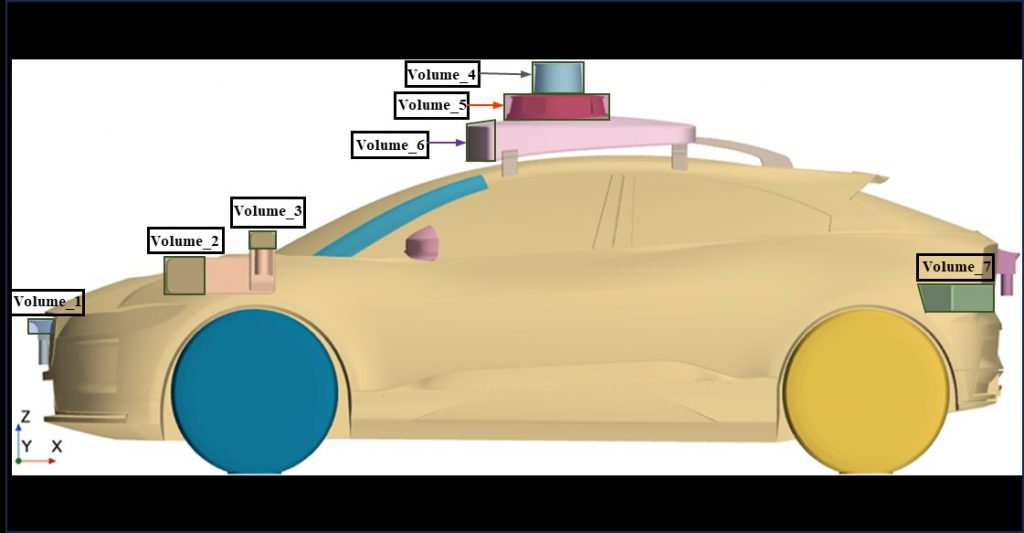Focusing on Aerodynamic Performance of Autonomous Vehicles
When it comes to autonomous vehicles (AVs), much of the focus has been on control algorithms that ensure safety and precision. But there’s another factor that deserves attention: aerodynamics. While AVs are now widely used in logistics and low-speed public transportation, aerodynamic drag—especially from externally mounted sensors like cameras and LiDAR—limits their efficiency and driving range.


